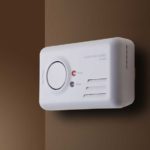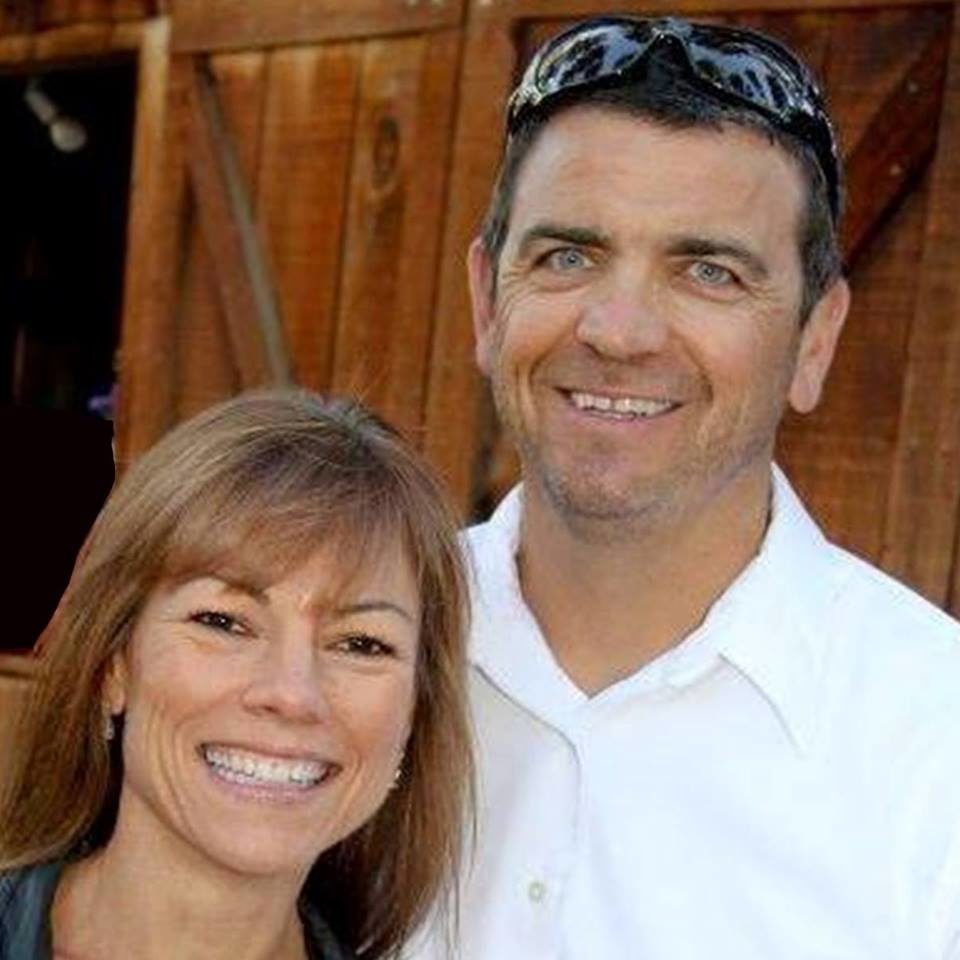 SAFETY ALERT: Your Carbon Monoxide Alarm Probably Just Expired This Year
SAFETY ALERT: Your Carbon Monoxide Alarm Probably Just Expired This Year
Just replacing the batteries still leaves you unprotected.
It’s important to check and replace the batteries in your smoke detectors regularly (case in point: last season on This Is Us!), but don’t forget about the other important alert system in your beautiful Tahoe home.
Most carbon monoxide alarms have a lifespan of about seven years before they lose efficacy, and because of legislation passed in many states back in 2011, many families’ devices expire right about now. Leaving old devices in place puts people at risk of serious and sometimes fatal carbon monoxide (CO) poisoning.
The laws passed almost simultaneously in places such as California, Washington, and New York required the installation of monitors in most apartment buildings, rental dwellings, and single-family homes, as well as hotels and other residences, regardless of when they were built or bought.
“If you can’t think of the last time you installed a smoke or carbon monoxide alarm, chances are, it’s time to replace your old ones,” Tarsila Wey of First Alert said in a statement. “These legislative anniversaries, along with Fire Prevention Month in October, are timely reminders of the importance of CO alarm maintenance and replacement.”
What is carbon monoxide?
Called the invisible killer, carbon monoxide is a colorless, odorless gas created when fuels like gas, wood, charcoal, gas, or propane burn incompletely, according to the National Fire Protection Association.
Exposure to a small amount of CO over an extended period of time or a large amount of CO in a shorter amount of time can cause symptoms like shortness of breath, nausea, dizziness, lightheadedness, or headaches. High levels can prove fatal, with approximately 450 people dying every year of CO poisoning, according to the Centers for Disease Control and Prevention.
What causes carbon monoxide to accumulate?
Common sources of carbon monoxide gas include heaters, fireplaces, furnaces, and many types of appliances and cooking devices, including charcoal grills or barbecues. Idling vehicles also produce carbon monoxide gas. When indoors, the gas can build up to dangerous levels — especially in modern eco-conscious homes.
“Homes today are built so tightly there’s not a lot of interchange with outside air,” Dana Catts, education specialist with the Seattle Fire Department, told the Associated Press.
Where should I install a carbon monoxide alarm?
The most important place to have a detector is outside of your home’s sleeping areas, but you should also have one on each level of your house and obey any additional local or state regulations.
You can also purchase combination smoke and carbon monoxide alarms that will monitor for both threats simultaneously. Follow the manufacturer’s instructions for specific guidelines on installing your particular alarm, including mounting height.
What does a carbon monoxide alarm sound like?
That random chirping or beeping you might hear is supposed to irk you — it means your alarm no longer offers the same protection and you should replace the batteries or the entire device, depending on the manufacturer’s instructions. And whatever you do, if you hear a real alarm (it’ll probably sound like a siren), immediately get everyone outside into fresh air and call for help.
(Courtesy of Good Housekeeping)


Leave a Reply